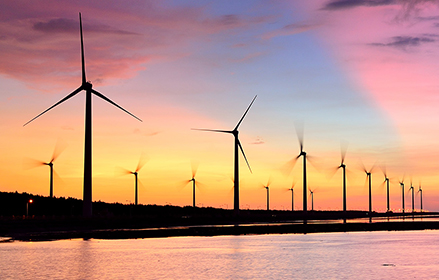Rising to the challenge of meeting both global energy needs and emission targets
By Luca Volta, Marine Fuels Venture Manager, ExxonMobil
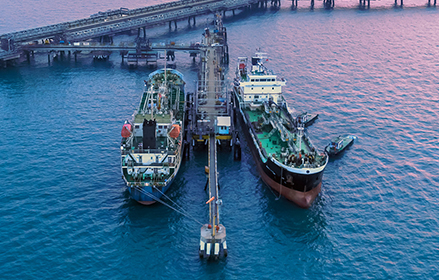
The impact of the International Maritime Organization’s (IMO) 2020 sulphur cap has resulted in some much-publicised changes to marine fuel formulations. However, this is not the end of the voyage – the IMO has also outlined ambitious goals for the reduction of greenhouse gases (GHG) resulting from maritime operations. Its research estimates that emissions from international shipping could increase by between 50 percent and 250 percent by 2050, compared with 2012 levels, if proactive steps are not taken.
As a result of these findings, the IMO has produced a roadmap for the development of a comprehensive strategy for the reduction of GHG emissions from shipping. The aim is to create short-, medium- and long-term measures that will bring them down by at least 50 percent by 2050, compared with 2008 levels, while pursuing efforts towards phasing them out entirely in this century. To this end, the IMO is reviewing the introduction of the next phase of the energy efficiency design index (EEDI) for new ships, which will further reduce the carbon intensity of new vessels.
However, while it is the whole ship ecosystem that will need to be considered (engine, ship design, operations) one of the key factors will be fuel choice. ExxonMobil expects that, for example, liquefied natural gas (LNG) will play a role in helping vessel operators achieve the IMO’s 2050 GHG ambitions. But meeting the target will still be a challenge; in all likelihood there will be no one answer. Whatever routes and options are finally adopted, they will need to be safe, scalable, reliable and viable.

Moreover, for the marine industry, energy density, cost, weight and size of onboard energy storage are all important parameters when looking at fuels choices. Options that require large, heavy or expensive storage can reduce the space available to transport people and freight, increase vessel weight, making it operate less efficiently, or make it too costly to operate.
In order to help the maritime industry meet its responsibilities, now and in the future, ExxonMobil continues to invest in marine fuels research and development. This is part of a wider commitment to help supply the world’s energy needs while reducing its environmental impact. To date $9bn has been invested in energy efficiency and lower-emission technologies including development of low carbon fuel options that may be suitable for future marine use.
The journey beyond 2020 has already started. The good news is that the lessons learnt during the build-up to the global 0.50 percent sulphur cap will help the marine industry adapt to the new realities.
More Fuel for Thought
-
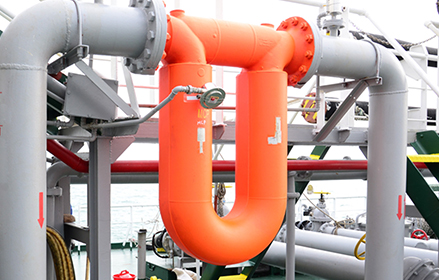
Singapore study confirms bunker benefits of using mass flow metering
Research conducted in Singapore shows the effectiveness and financial benefits of using a mass flow metering system (MFMS).
Read more -
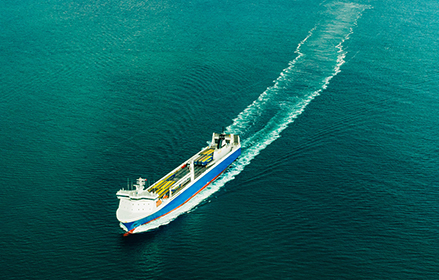
Cracking the cat fines challenge
Learn more about the damage that fuels with a high content of catalytic fines can cause and how best to minimise the risks they pose.
Read more -
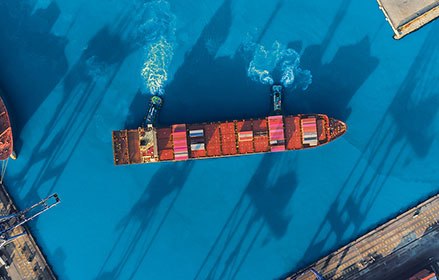
Lessons learned and taking the next step towards low carbon shipping
ExxonMobil invited senior figures from around the maritime industry to provide their insights into how the marine industry should approach future emission regulations.
Read more
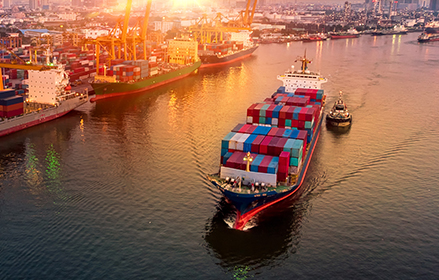
Marine Fuels
Learn more about our range of high-quality marine fuels that help safeguard your engine and comply with the latest IMO regulations.
Read more
Ports Directory
Through our global network, we deliver the right fuels and lubricants, at the right time, to the right place. Use our interactive tools to discover which lubricants or fuels are available in your market.
Read more